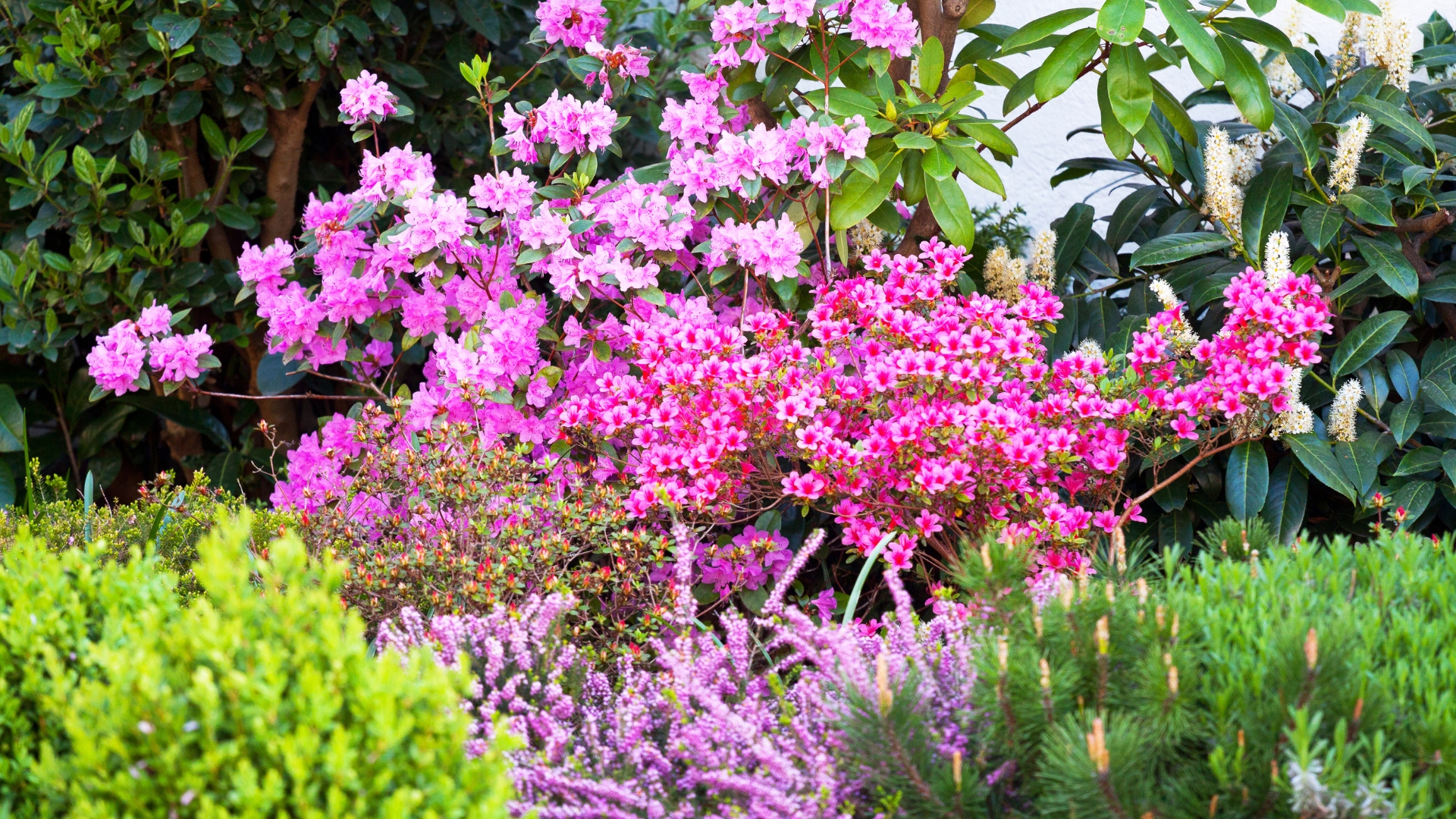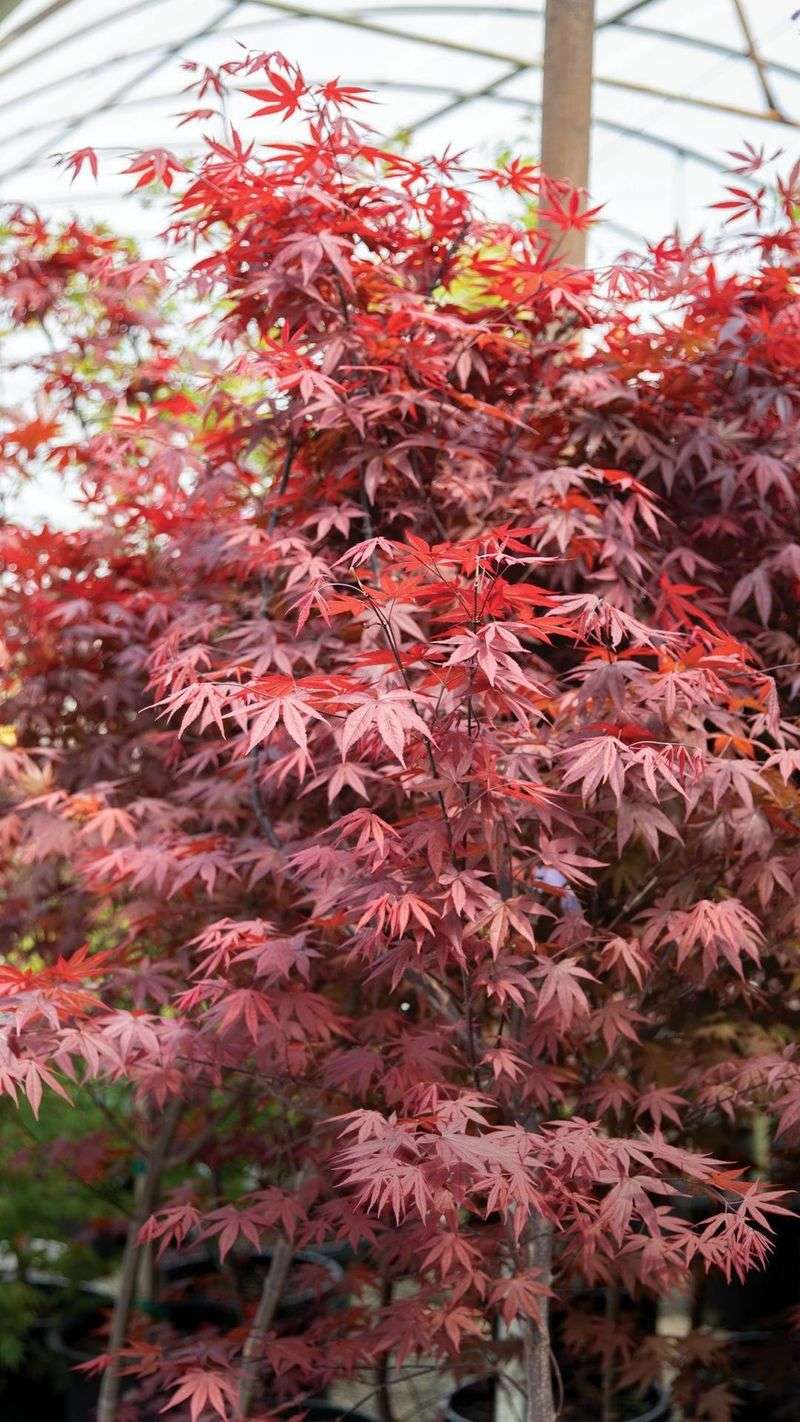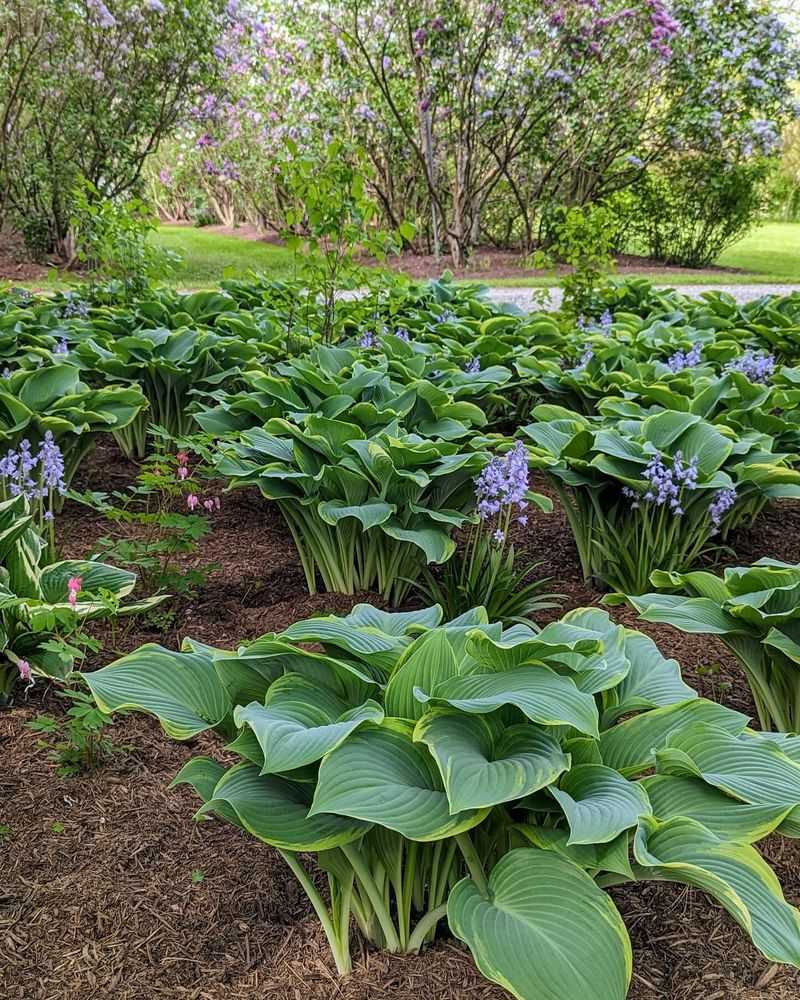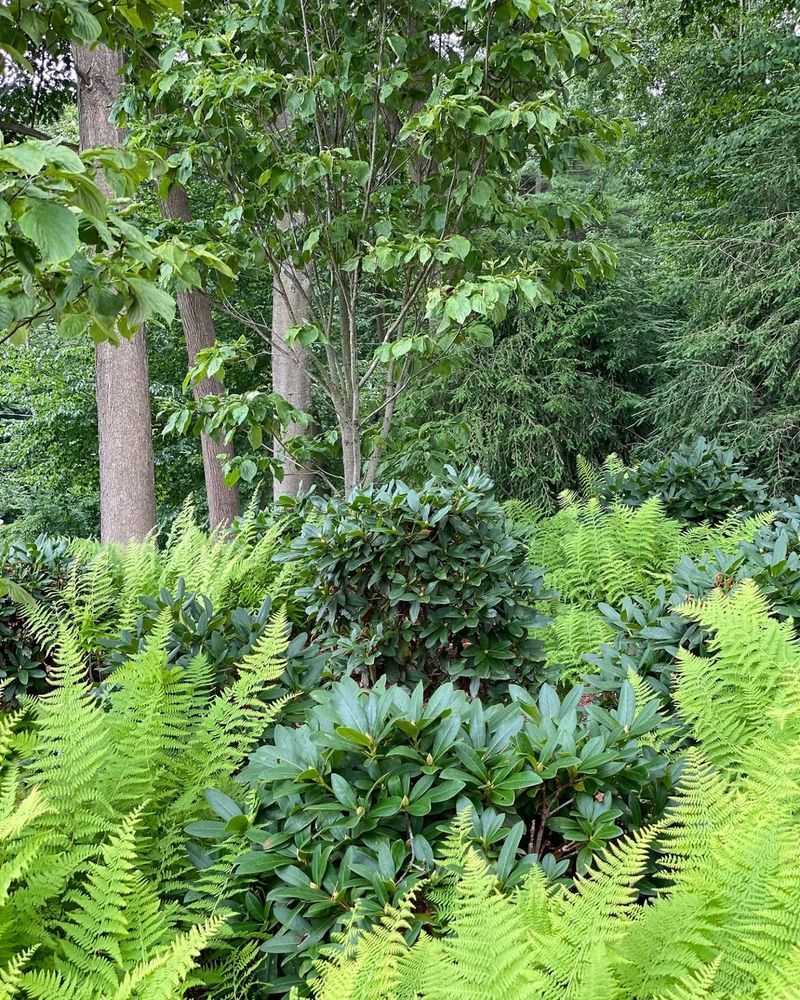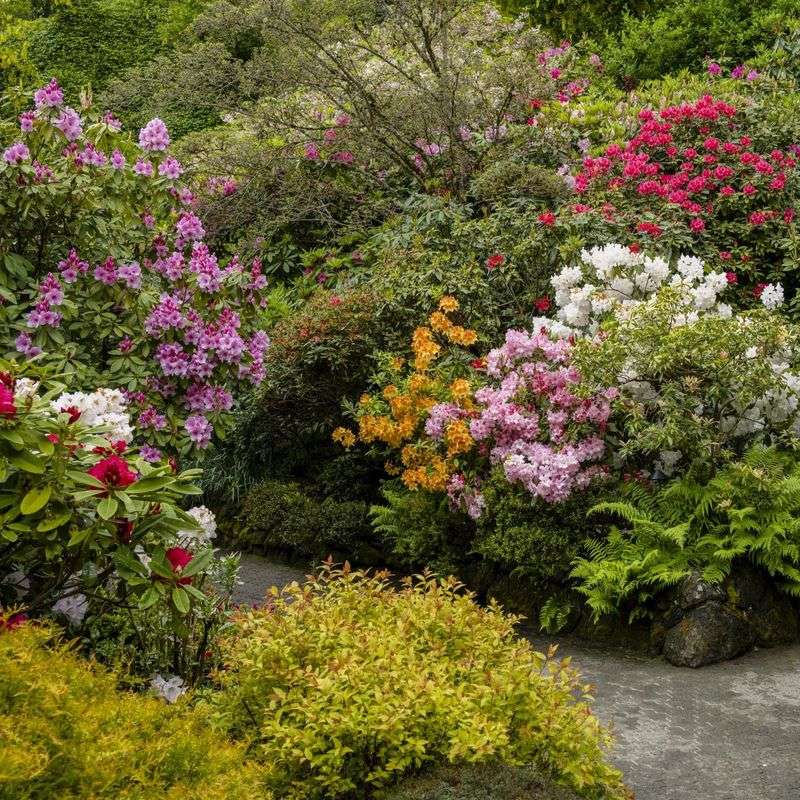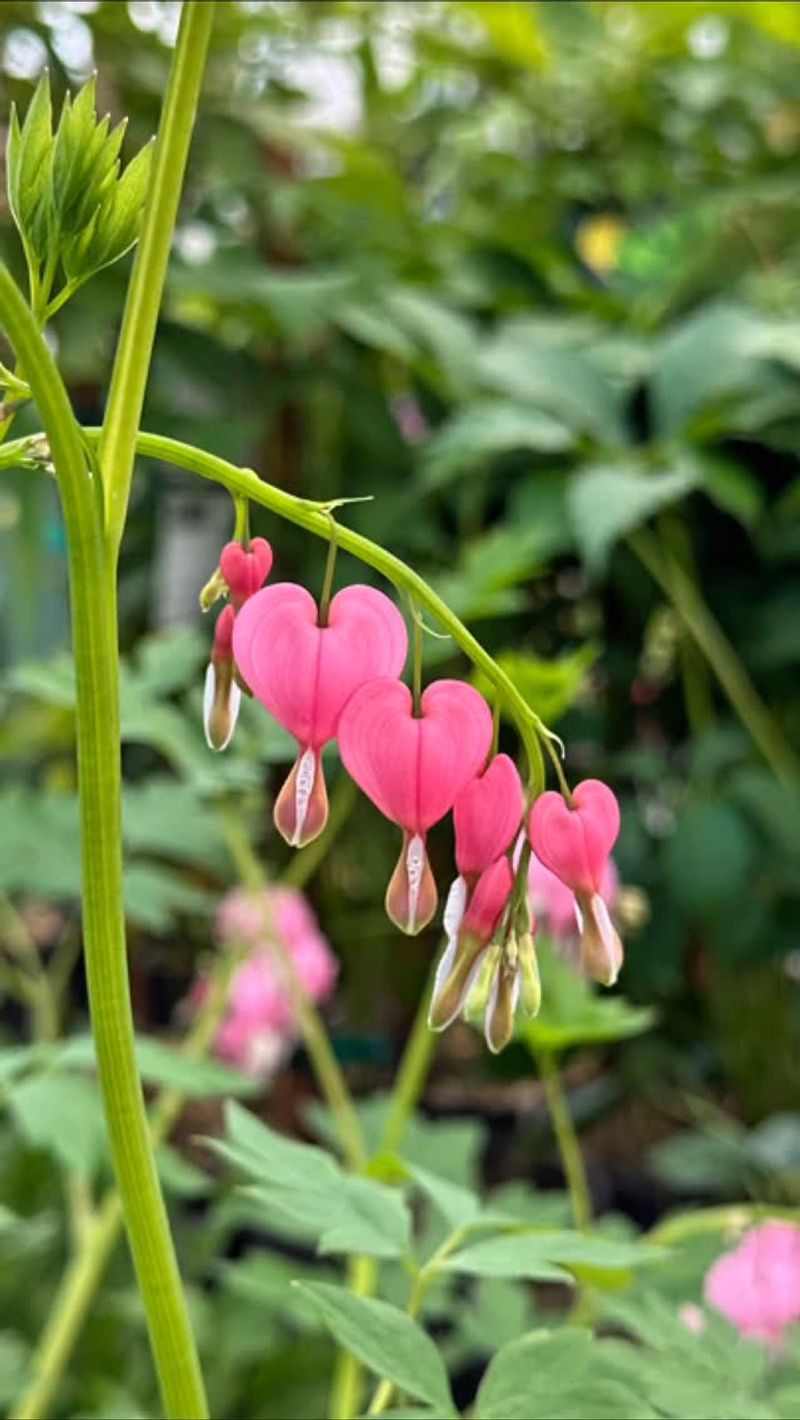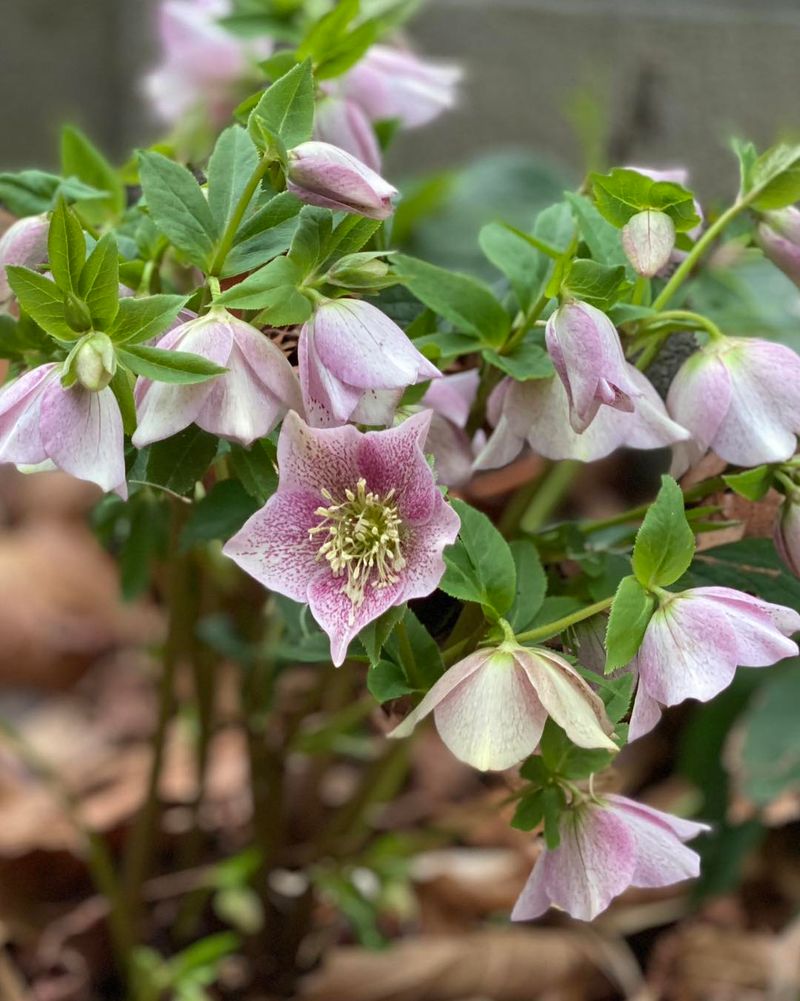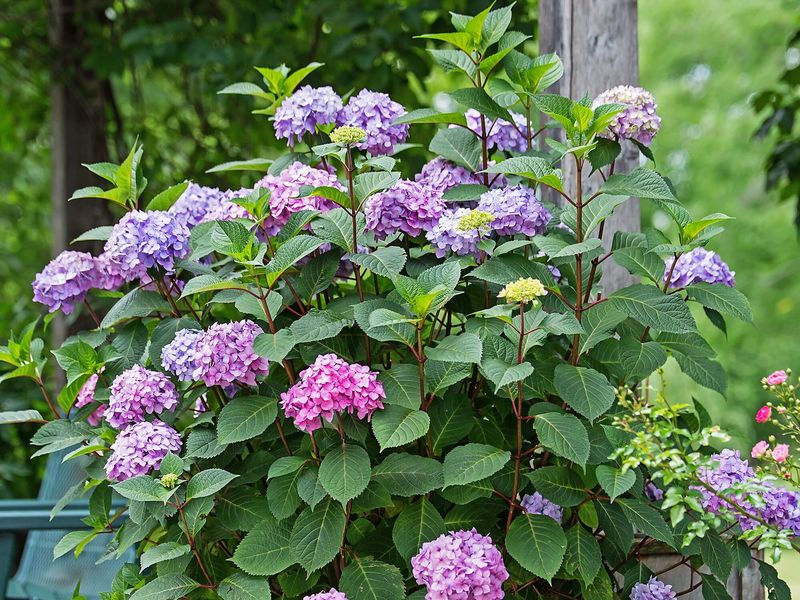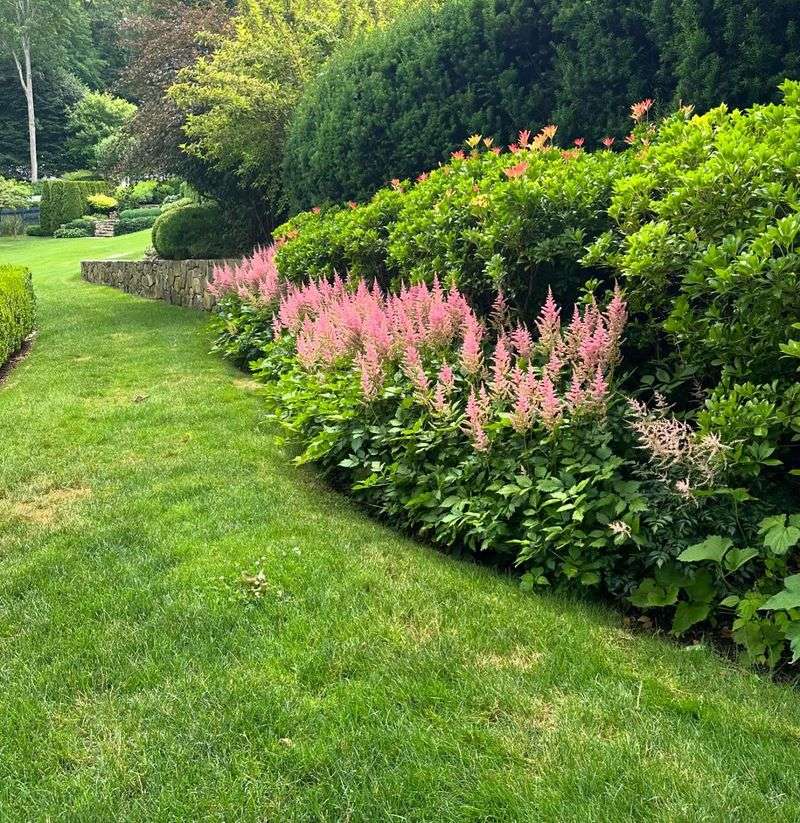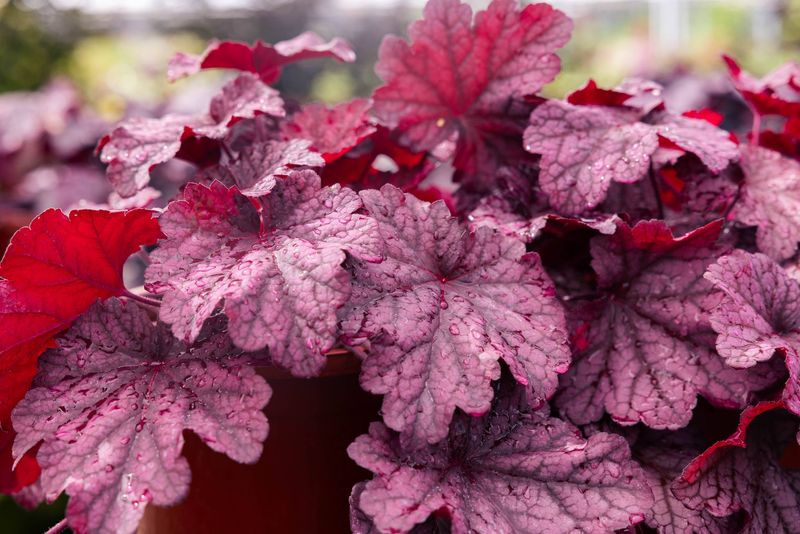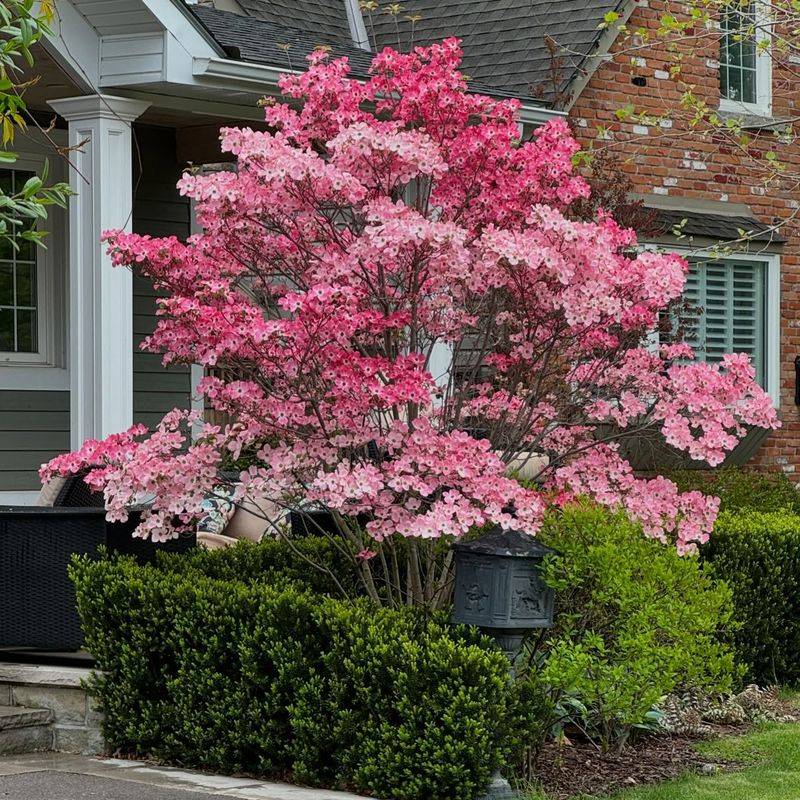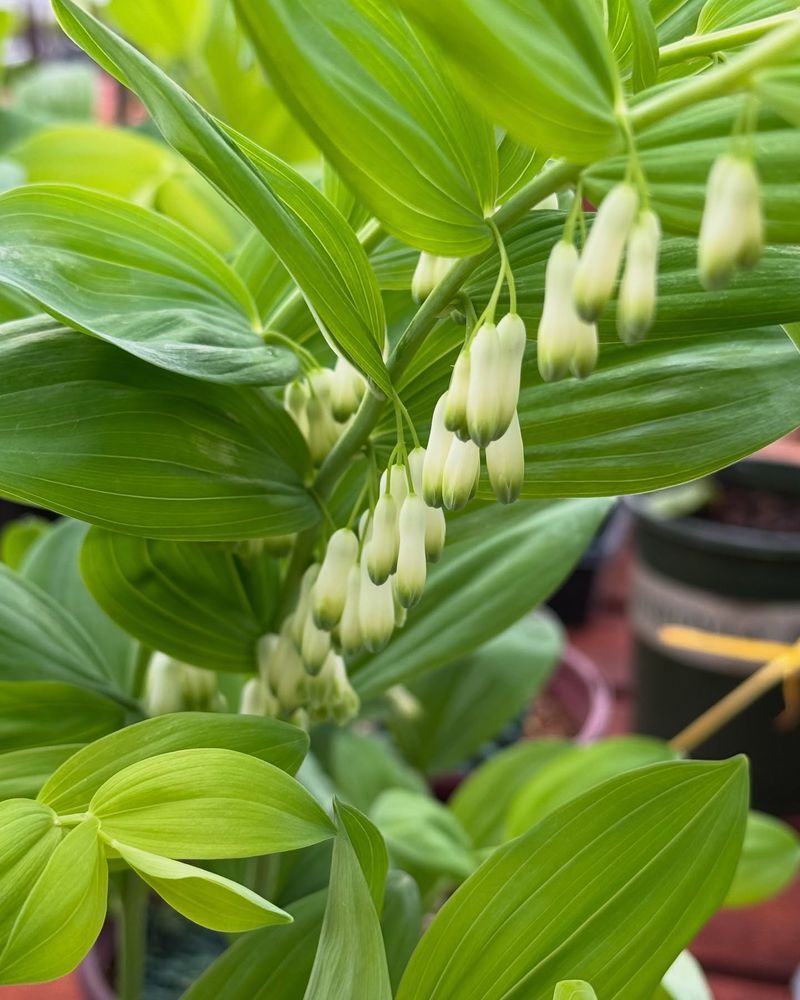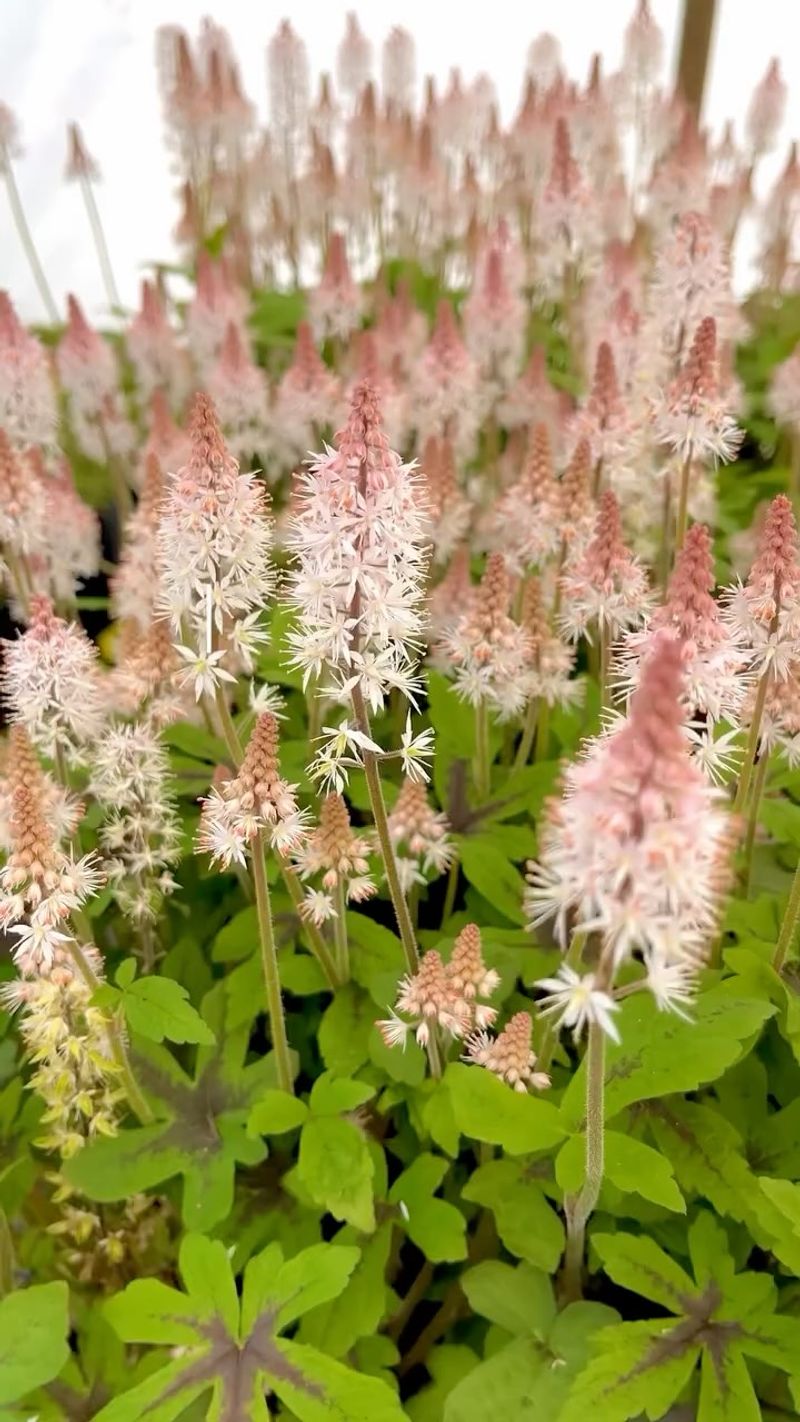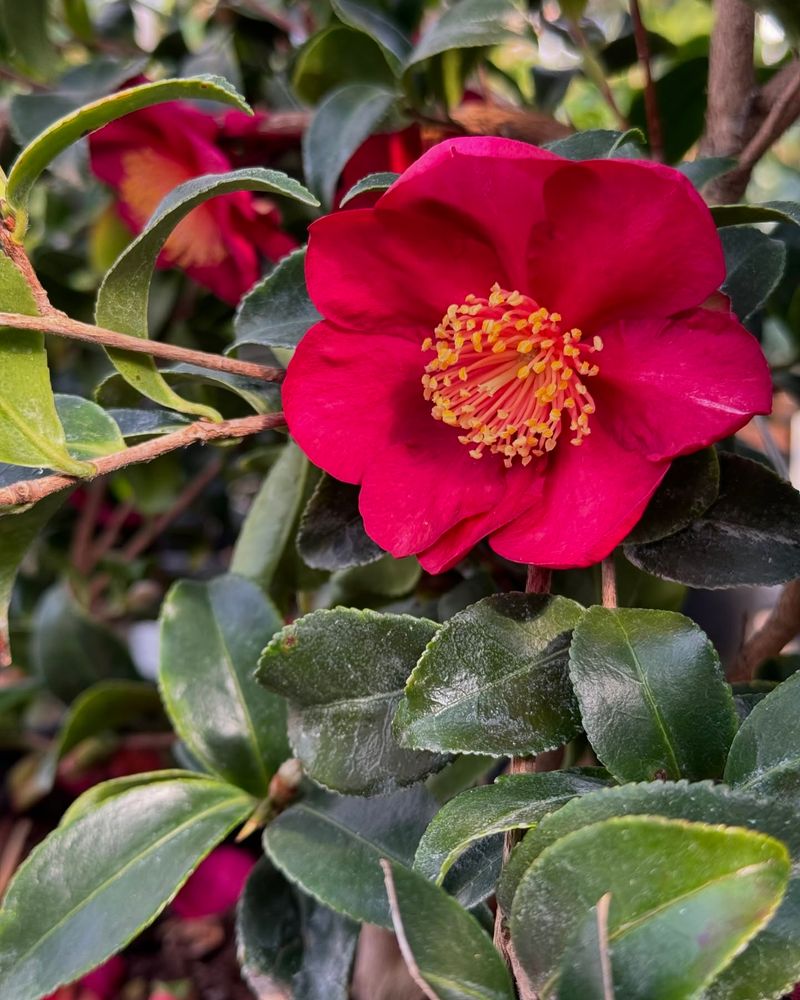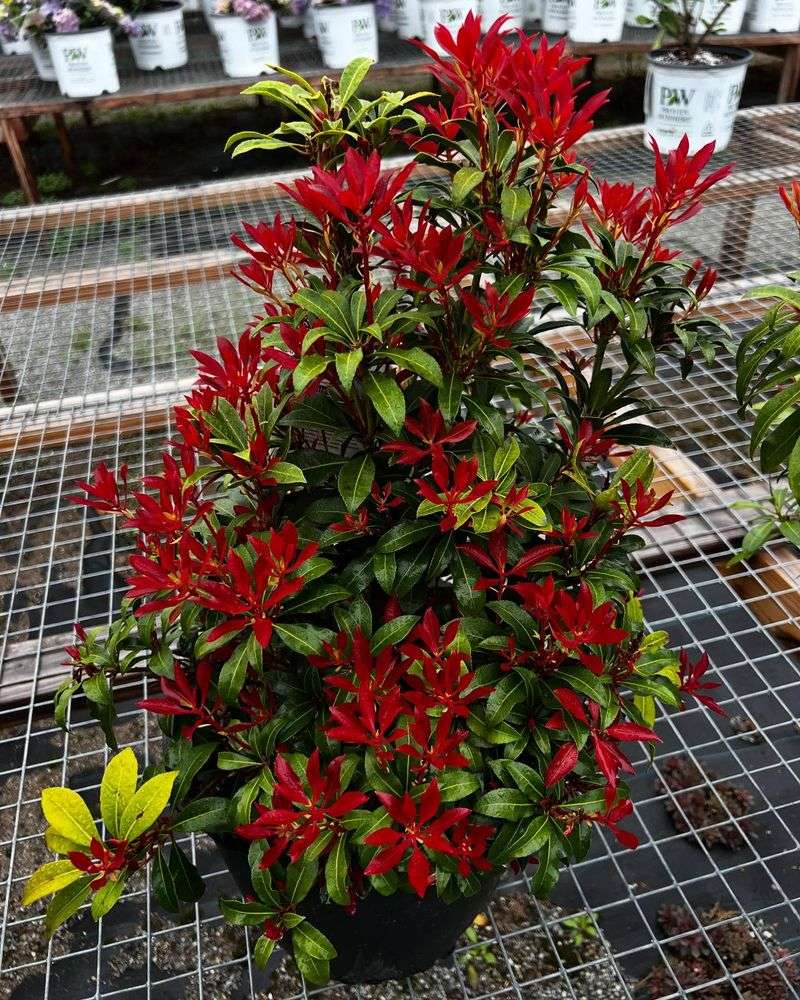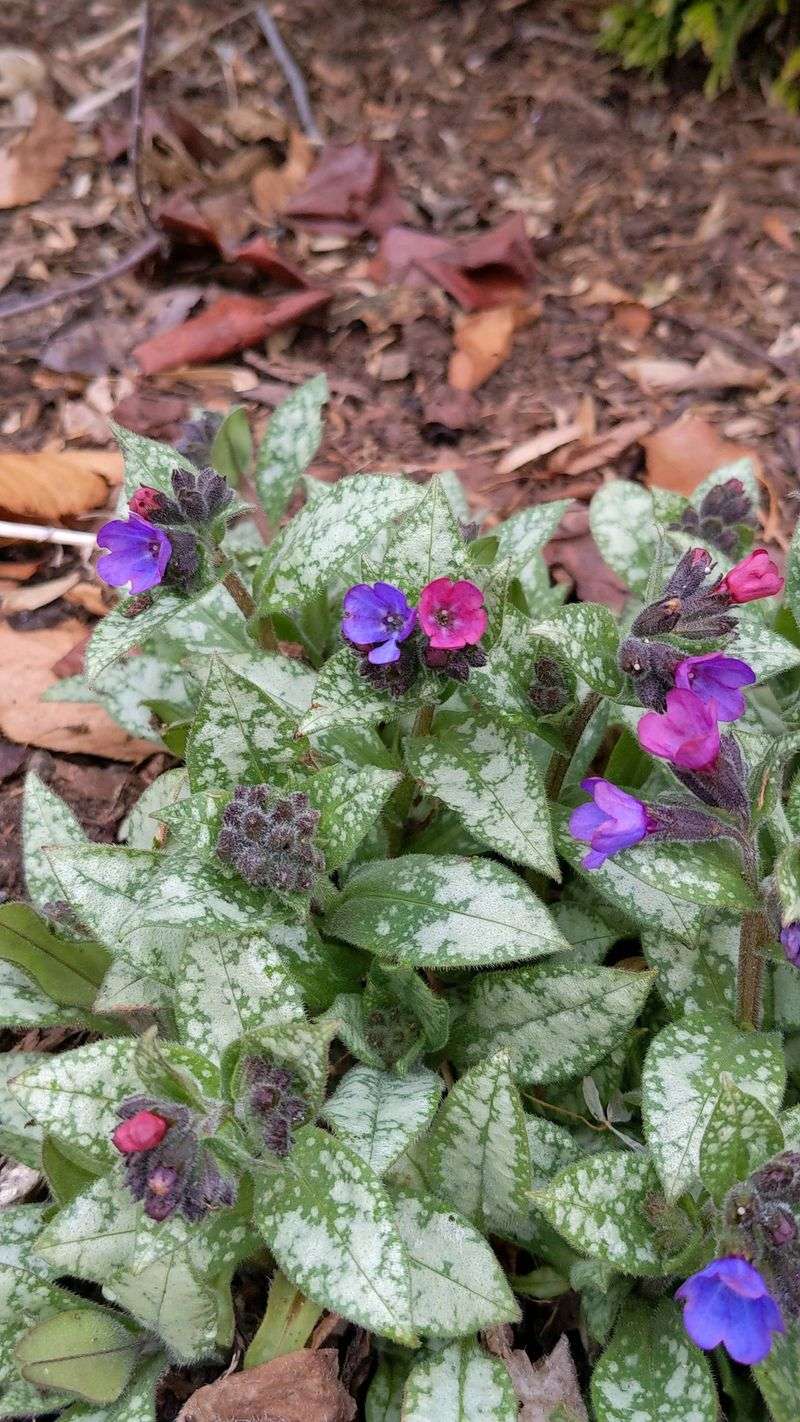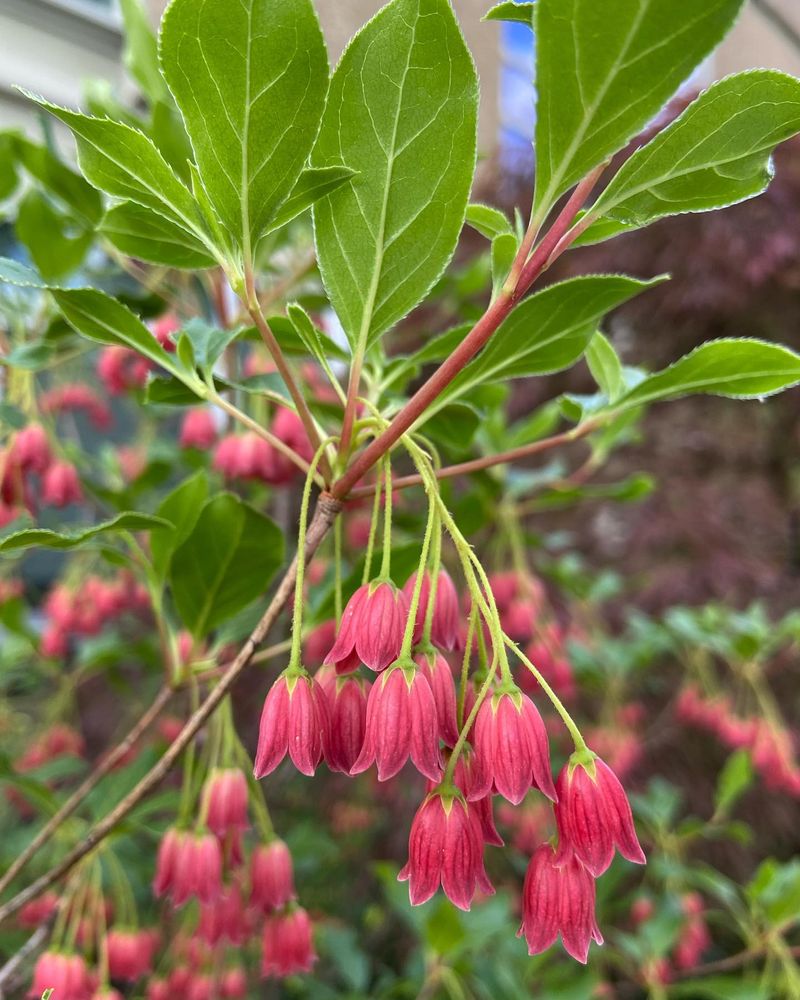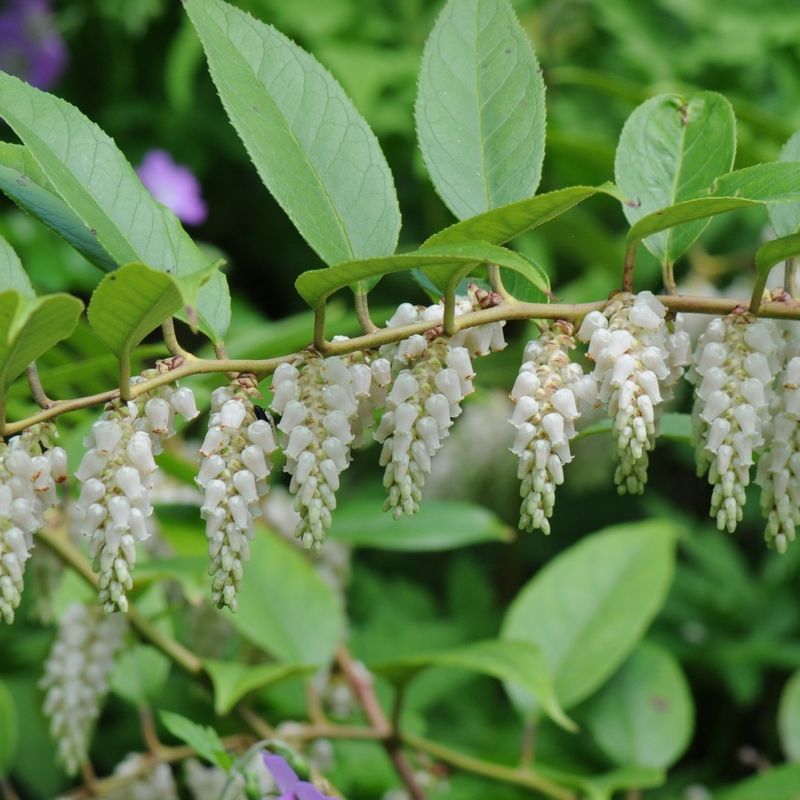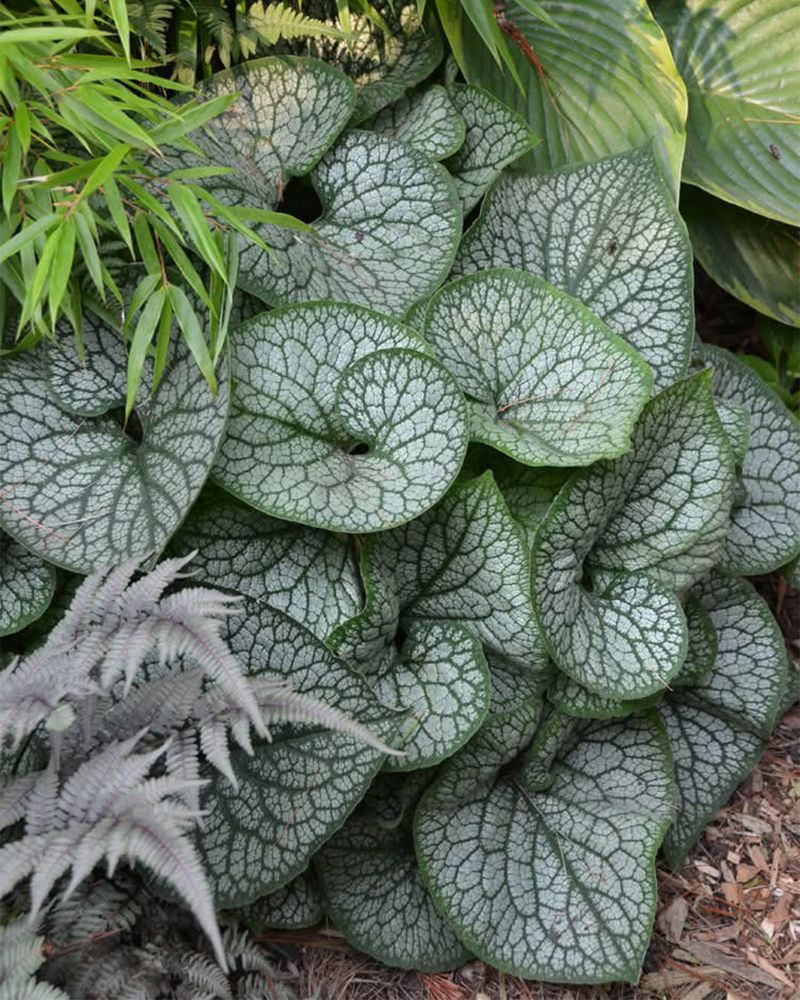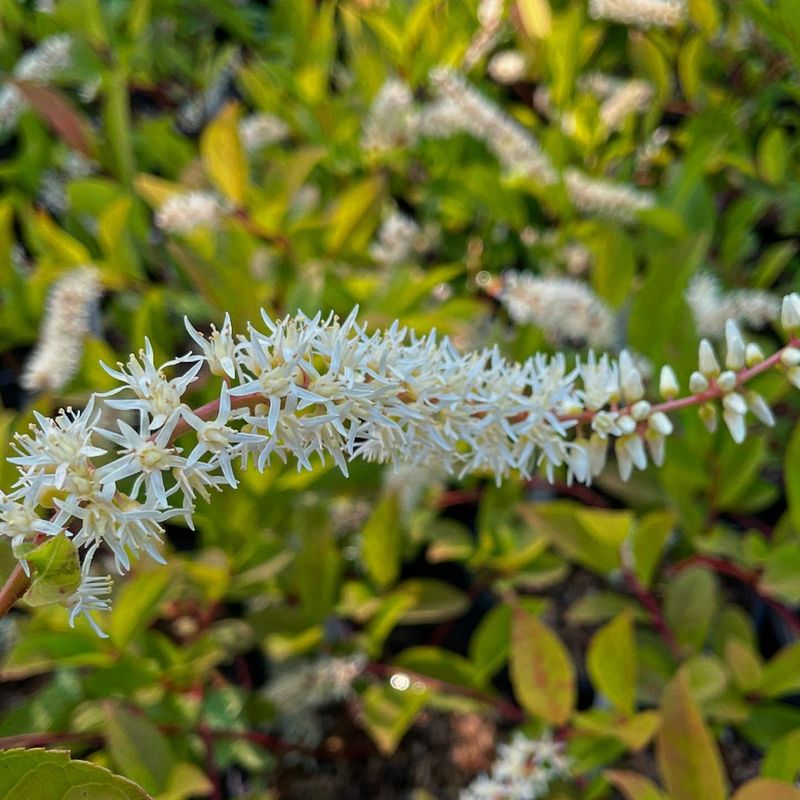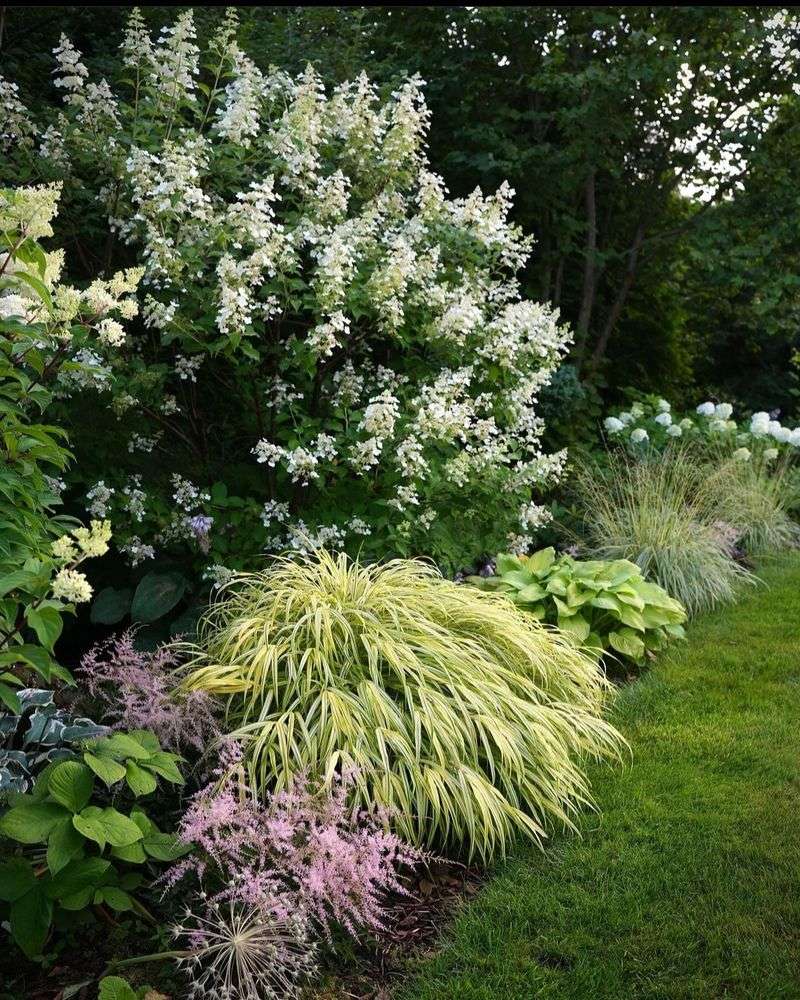Azaleas are stunning on their own, but they really shine when they’ve got the right plant buddies around them. I’ve mixed and matched plenty over the years, and some combos just feel like garden magic.
If you’re looking to create a scene that feels lush, layered, and totally effortless, this list is for you. These 20 plants play nice with azaleas and make them pop even more.
Let’s build a blooming dream team together!
1. Japanese Maple
The delicate, feathery leaves of Japanese maples create a stunning backdrop for azalea blooms. Their graceful structure adds architectural interest while the colorful foliage transitions from spring to fall, ensuring year-round appeal in your garden landscape.
Many Japanese maple varieties offer deep burgundy or golden leaves that complement the pink, purple, or white azalea flowers beautifully. The dappled shade they provide also helps protect azaleas from harsh afternoon sun, creating an ideal growing environment.
2. Hostas
Cool and composed, hostas bring a sense of calm with their broad, textured leaves that unfurl alongside spring-blooming azaleas. Their blue-green, gold, or variegated foliage creates a beautiful contrast against the vibrant azalea flowers.
Easy to grow in similar conditions, hostas thrive in the same partial shade and acidic soil that azaleas love. After azalea blooms fade, hostas continue providing visual interest through summer and fall, making them perfect long-term companions.
3. Ferns
Feathery and graceful, ferns add a woodland touch that pairs naturally with azaleas. Their delicate fronds create a soft, lacy texture that complements the more structured azalea leaves and flowers, bringing depth to shaded garden corners.
Many fern varieties, like Japanese painted ferns or autumn ferns, offer unique coloration that enhances your planting scheme. They share azaleas’ preference for acidic, humus-rich soil and dappled shade, making maintenance simple while creating that sought-after forest garden feel.
4. Rhododendrons
Closely related to azaleas, rhododendrons share similar care requirements while offering larger, more dramatic flower clusters. The bold blooms create a magnificent spring display when planted in groups with azaleas, creating layers of color throughout your garden.
Many gardeners love combining different rhododendron and azalea varieties for an extended blooming period. Their similar growing needs make them natural companions, while their different heights create interesting visual layers in woodland-style gardens.
5. Bleeding Heart
Arching stems adorned with heart-shaped blooms make bleeding hearts a romantic addition to azalea beds. Their delicate pink or white flowers appear in spring alongside azaleas, creating a charming cottage garden feel in partially shaded areas.
Bleeding hearts go dormant in summer, so pairing them with azaleas ensures continued interest after they fade. Their woodland nature means they share similar soil and light preferences, making them easy companions that add a touch of whimsy to your garden design.
6. Hellebores
Winter-blooming hellebores (Lenten roses) extend your garden’s season of interest with flowers that appear before azaleas wake up. Their nodding blooms in shades of pink, purple, and white complement azalea colors while providing early-season nectar for pollinators.
The evergreen foliage of hellebores remains attractive after flowering, creating a lush groundcover beneath deciduous azaleas. Both plants appreciate similar woodland conditions with rich, well-draining soil and protection from harsh afternoon sun.
7. Hydrangeas
Voluptuous hydrangea blooms create a magnificent summer display just as azaleas finish flowering. Their large flower heads in blue, pink, or white extend the color show in your garden while providing a different texture and scale that complements azaleas’ more delicate blooms.
Both plants thrive in acidic soil, making them natural companions in woodland-edge plantings. The varied heights between most hydrangeas and azaleas create pleasing layers in the garden, with hydrangeas often providing a taller backdrop to showcase lower-growing azalea varieties.
8. Astilbe
Feathery plumes of astilbe flowers create vertical interest among the more rounded azalea forms. Their fluffy blooms in shades of pink, red, and white appear after azaleas have finished flowering, extending the color show into summer months.
Both plants enjoy similar growing conditions, preferring partial shade and consistently moist, acidic soil. Astilbes add a different texture to azalea plantings with their fern-like foliage and airy flower spires, creating depth and visual interest throughout the growing season.
9. Coral Bells
Colorful foliage is the main attraction of coral bells (Heuchera), with leaves in shades from purple to caramel that provide year-round interest alongside azaleas. Their compact growth habit makes them perfect front-of-border companions that won’t overwhelm your azalea display.
Delicate flower spikes rise above the decorative leaves in summer, adding another dimension after azalea blooms fade. Both plants appreciate similar soil conditions and partial shade, making them easy-care companions that bring continuous color to woodland-edge gardens.
10. Dogwood Trees
Flowering dogwoods create a spectacular spring show with their showy bracts opening alongside azalea blooms. Their horizontal branching pattern provides the perfect canopy of dappled shade that azaleas crave, making them ideal overstory plants in a woodland garden design.
In fall, dogwoods offer a second season of interest with colorful foliage and berries. The combination of dogwoods and azaleas creates a classic southern garden pairing that celebrates spring with layers of complementary blooms in white, pink, or red.
11. Solomon’s Seal
Arching stems lined with dangling white bells make Solomon’s Seal an elegant addition to azalea plantings. Their graceful form creates movement in the garden, while their height bridges the gap between groundcovers and taller shrubs like azaleas.
After spring flowering, Solomon’s Seal continues offering interest with distinctive foliage that turns golden in fall. Their woodland nature means they share azaleas’ preference for humus-rich soil and dappled shade, creating a harmonious and low-maintenance combination.
12. Tiarella
Foamflowers (Tiarella) create a frothy carpet of star-shaped blooms that complement azaleas beautifully. Their delicate white or pink flower spikes appear in spring alongside azalea blooms, creating a multi-layered display in woodland gardens.
Attractively lobed, often patterned foliage remains interesting after flowering, providing groundcover beneath deciduous azaleas. Both plants thrive in similar conditions, preferring rich, acidic soil and protection from hot afternoon sun – a perfect partnership for creating naturalistic shade gardens.
13. Camellia
Glossy evergreen leaves and spectacular blooms make camellias natural companions for azaleas. Fall and winter-flowering varieties extend your garden’s season of interest, providing color when deciduous azaleas are dormant, while spring bloomers create magnificent displays alongside azaleas.
Both plants belong to the same family and share nearly identical growing requirements. Their similar leaf texture creates cohesion in the landscape, while their different blooming times ensure months of floral display in your garden’s shadier spots.
14. Pieris
Lily-of-the-valley shrub (Pieris) offers three seasons of interest alongside azaleas. Chains of bell-shaped flowers appear in early spring, followed by colorful new growth that emerges in bronze, red, or pink tones, creating a striking contrast against established azaleas.
The evergreen nature of Pieris provides structure during winter months when deciduous azaleas are bare. Both shrubs thrive in acidic soil and partial shade, creating a low-maintenance combination that delivers year-round interest in woodland-edge gardens.
15. Pulmonaria
Spotted leaves and color-changing flowers make lungwort (Pulmonaria) a fascinating companion for azaleas. Their early spring blooms in pink, blue, and purple provide color before azaleas reach their peak, while the silver-speckled foliage adds interesting texture throughout the growing season.
Low-growing and shade-tolerant, Pulmonaria creates an attractive groundcover beneath taller azaleas. Both plants appreciate similar woodland conditions with rich, moist soil and protection from harsh afternoon sun, making them natural partners in shade gardens.
16. Enkianthus
Bell-shaped flowers dangling from graceful branches make Enkianthus a charming azalea companion. Their similar growth habit and flowering time create a cohesive spring display, while their spectacular fall color extends seasonal interest with fiery red and orange foliage.
Both shrubs belong to the same plant family and share identical growing requirements. The slightly taller stature of most Enkianthus varieties creates a perfect backdrop for azaleas, allowing you to build beautiful layers of similar but distinct flowering shrubs in woodland-edge gardens.
17. Leucothoe
Arching stems laden with fragrant white flower clusters make Leucothoe (dog hobble) an elegant azalea companion. Their similar woodland nature creates a harmonious pairing, while their glossy evergreen leaves provide structure during winter months when deciduous azaleas are dormant.
New growth emerges in striking bronze or red tones, creating seasonal color changes that complement azaleas. Both shrubs thrive in acidic soil and dappled shade, making them natural partners for creating lush, low-maintenance woodland gardens with year-round interest.
18. Brunnera
Heart-shaped, silver-veined leaves make Brunnera (Siberian bugloss) a standout companion for azaleas. Their forget-me-not-like blue flowers appear in early spring, creating a misty groundcover effect beneath azaleas that’s both romantic and visually striking.
After flowering, the decorative foliage continues providing interest throughout the growing season. Both plants appreciate similar woodland conditions with rich, consistently moist soil and protection from harsh afternoon sun, creating a low-maintenance partnership perfect for shade gardens.
19. Itea
Fragrant white flower spires make Virginia sweetspire (Itea) a delightful summer complement to spring-blooming azaleas. Their arching branches create a fountain-like form that softens garden edges, while extending the blooming season well past azaleas’ spring display.
Stunning burgundy-red fall color provides a second season of drama when paired with azaleas. Both shrubs thrive in similar acidic soil conditions and can tolerate periods of wet soil, making them excellent choices for challenging areas where other plants might struggle.
20. Hakonechloa
Cascading golden foliage makes Japanese forest grass (Hakonechloa) a striking textural contrast to azaleas. The graceful, arching blades catch light and movement, bringing a dynamic quality to azalea plantings that can sometimes appear static after flowering.
This slow-spreading grass creates a luminous groundcover beneath taller azaleas. Both plants thrive in similar woodland conditions with rich, consistently moist soil and protection from harsh sun, making them natural companions for creating Japanese-inspired garden vignettes.

